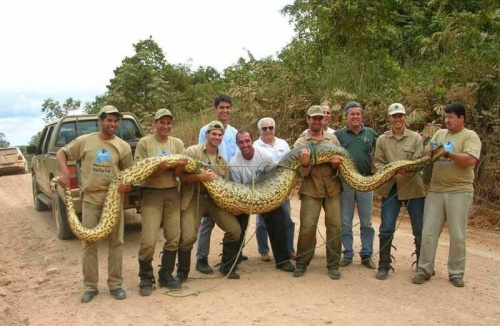|
|
Ukupno su 1298 korisnika na forumu :: 77 registrovanih, 8 sakrivenih i 1213 gosta :: [ Administrator ] [ Supermoderator ] [ Moderator ] :: Detaljnije Najviše korisnika na forumu ikad bilo je 3466 - dana 01 Jun 2021 17:07 - Korisnici koji su trenutno na forumu:
- Korisnici trenutno na forumu: 9k38, airsuba, Alexa77, ALEXV, Asteker, Banovo Brdo, bavar357, bojank, boro975, CikaKURE, Crazzer, d.arsenal321, Dalibor Šafar, darkangel, dejno, Demi87, Django777, djuradj, Dogma21, Dolinc, dozorni, ds69, dukajov, dule10savic, dulleo, Dzigy, Electron, FOX, Georgius, gorankuba, ihis, IQ116, jackreacher011011, janezek67, jarovitt, jodzula, Još malo pa deda, K-1A, Kalem, Kruger, Kubovac, kybonacci, Lester Freamon, Lieutenant, LostInSpaceandTime, Lošmi, MakiMaki02, Mercury, Milan A. Nikolic, mile23, milenko crazy north, milutin134, MK10, Mskok, nebidrag, neutrino, NMNJ, Nomica, orah, ping15, PrincipL, proka89, Pv123, RajkoB, sistem22, sova72, Tribal, Troja, Tvrtko I, Valter071, vathra, VJ, Vlada78, Vlado82, vuk77, vukovi, ZetaMan
|

















